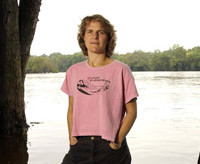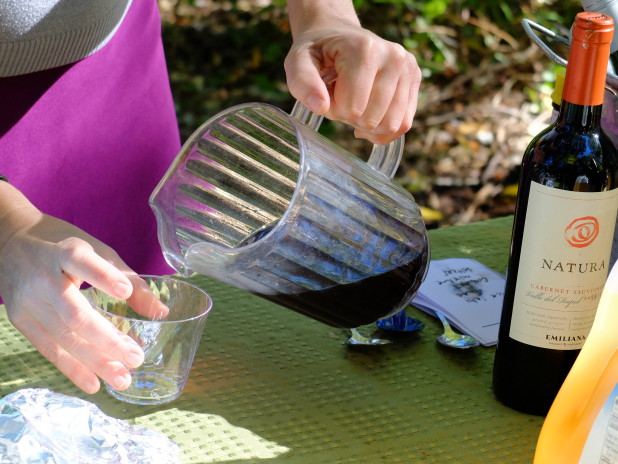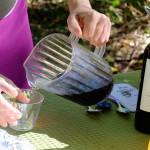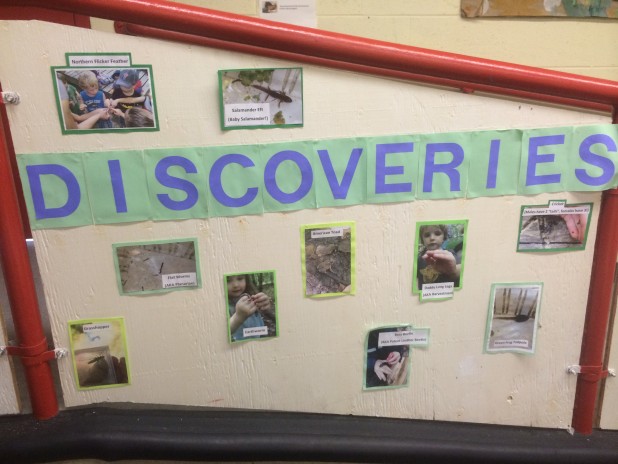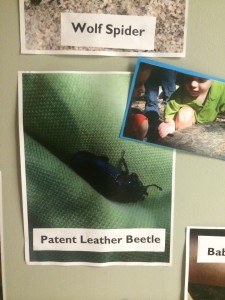By Diane Burko
TIME CAPSULE FOR 2040
What our global environment in general and Philadelphia in particular will look like all depends on how and IF the public heeds the dire warnings about Climate Change all around us now in 2015. Today’s global temperature data keep 2015 as hottest year to date. When surface temperatures are combined with ocean heat content, scientists chart warming continuing at a rapid rate. On Tuesday, March 24, the temperature in Antarctica rose to 63.5°F – a record for the polar continent. More glaciers than ever are retreating throughout the world. Storms and droughts are more severe and sea levels are rising, threatening many coastal cites here in the US and around the world.
As someone who (incredulously) will be celebrating her 70th birthday this year I can’t help but wonder if I will be around to see that capsule opened… and if all my efforts and those of so many others will have made a difference to the survival of our planet.
I have to believe in the affirmative – that my artistic practice – creating meaningful compelling imagery at the intersection of Art and Science will succeed as an antidote to doubt. My expeditions to the Polar Regions to bear witness to the melting of glaciers in our world serve to inform my practice as well as to communicate the scientific facts to a range of audiences. I bring my ideas to whomever calls, whether it be 4th grade classroom at Friends Central, The Russell Byers Charter School, the Nature Conservancy in Lake George or the Atlantic Council think tank in DC.
My message is clear and compelling. I try to make my images as powerful. When speaking about my work I relate it to my own personal journey of how, as a lifelong landscape artist I realized about ten years ago that I had to do more than just present beautiful images of monumental geological phenomena throughout the world. Global warming was already in the public consciousness with Al Gore’s Inconvenient Truth and Elizabeth Kolbert’s Notebook on a Catastrophe. I was moved to join that conversation. I developed visual strategies to make my work relevant to the cause. With that decision has come a more purposeful existence and hope for the future.
I want the future to hold promise for my grandchildren and their grandchildren. I want them to grow up on planet earth which is no longer on the brink of extinction due to increasing levels of CO2 and methane in our atmosphere.
I have to believe that the sleeping public will finally be aroused to change course and abandon the fossil fuel dependency that is sending us into the abyss.
Diane Burko,
August 12, 2015
Editor’s Note: Dear 2040 is a series of blog posts containing some of the letters included in our 50th anniversary time capsule, buried in October 2015. Throughout the rest of 2015 we’ll be posting some of those letters, sharing what our leaders, thinkers, artists, and Schuylkill Center staff are thinking about the year 2040. You can read all the posts here.
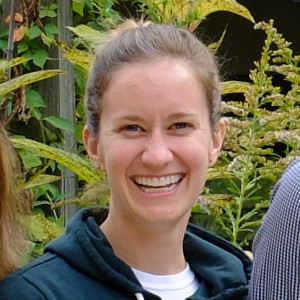 Dear Future Land Stewardship Manager,
Dear Future Land Stewardship Manager,
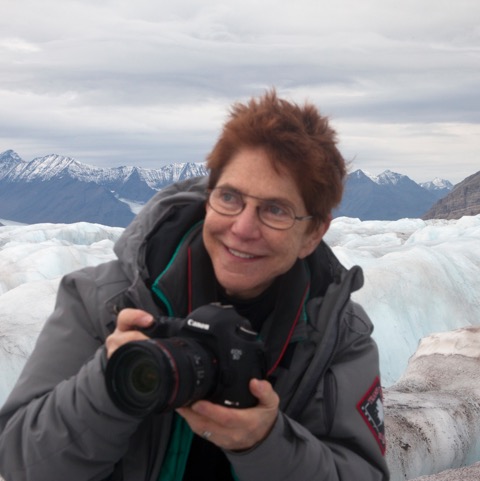











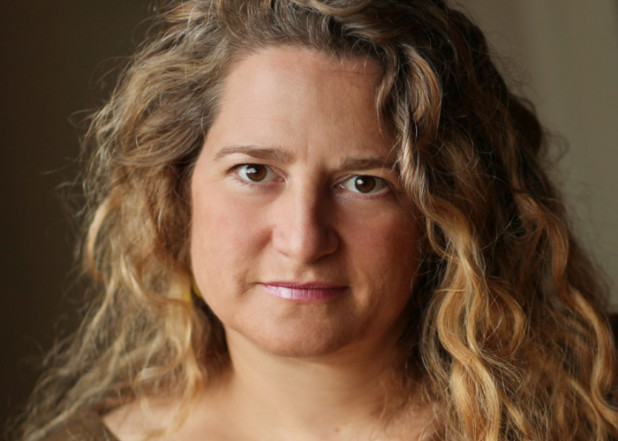
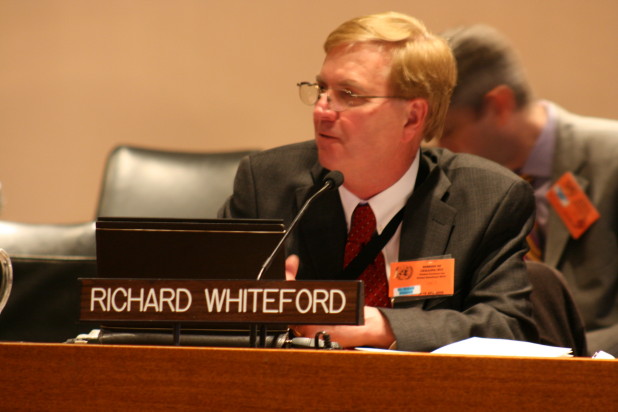
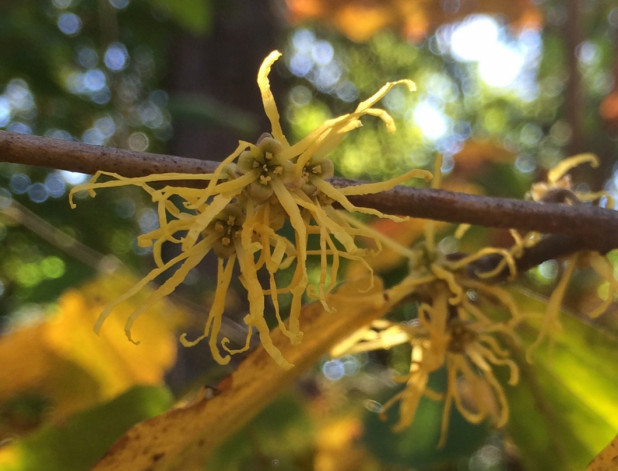
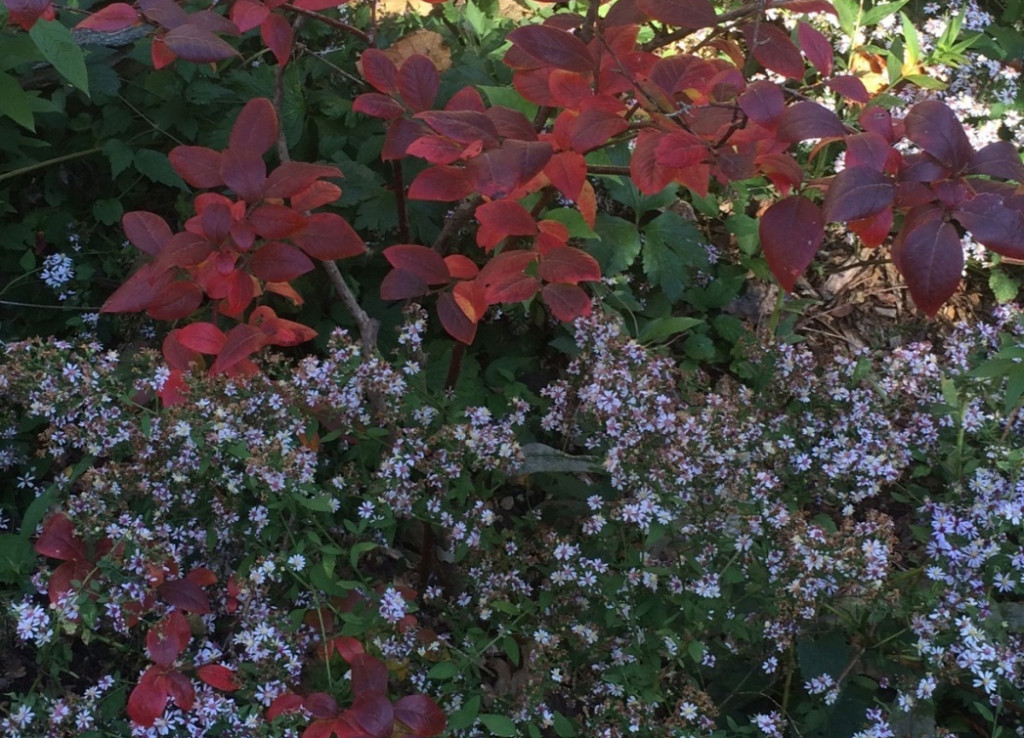
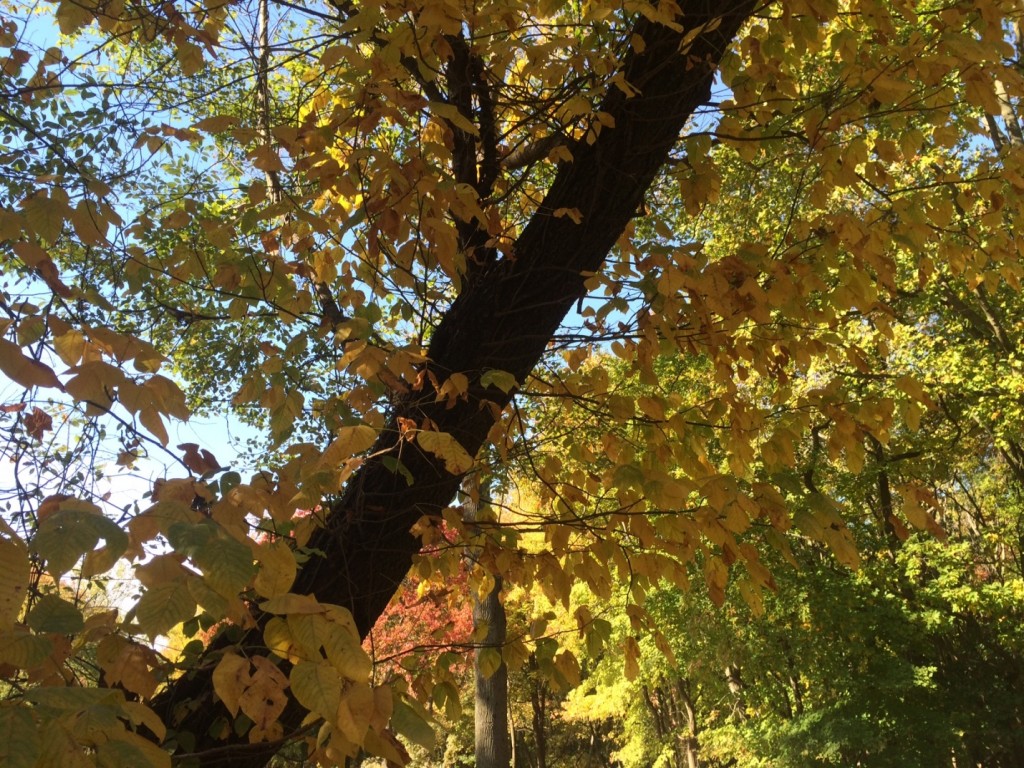
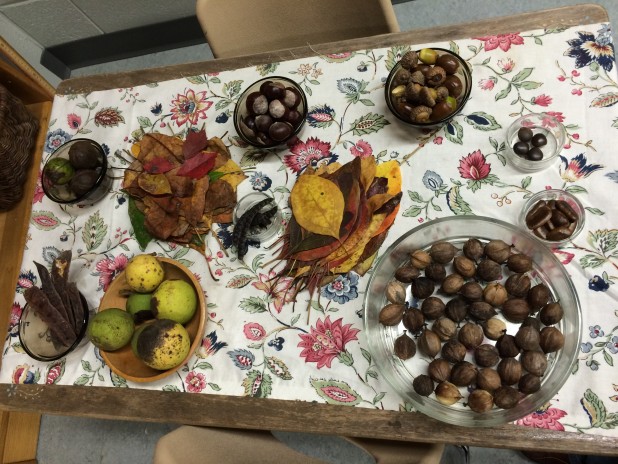
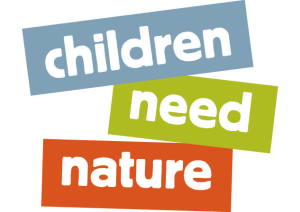
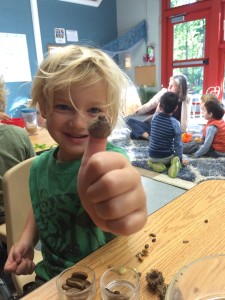 What happens at the start of each year defines the community of teachers and children as they embark on a journey to interact in the outdoor world. Each class is named for a native tree: Sycamores, Sweet Gums, Sassafras. As the children and teachers ventured out onto the trails, they began to notice the seeds covering the forest floor. Seeds are an engaging learning tool for young children as an open ended “loose part” that can be manipulated, peeled, squeezed, and more.
What happens at the start of each year defines the community of teachers and children as they embark on a journey to interact in the outdoor world. Each class is named for a native tree: Sycamores, Sweet Gums, Sassafras. As the children and teachers ventured out onto the trails, they began to notice the seeds covering the forest floor. Seeds are an engaging learning tool for young children as an open ended “loose part” that can be manipulated, peeled, squeezed, and more. 